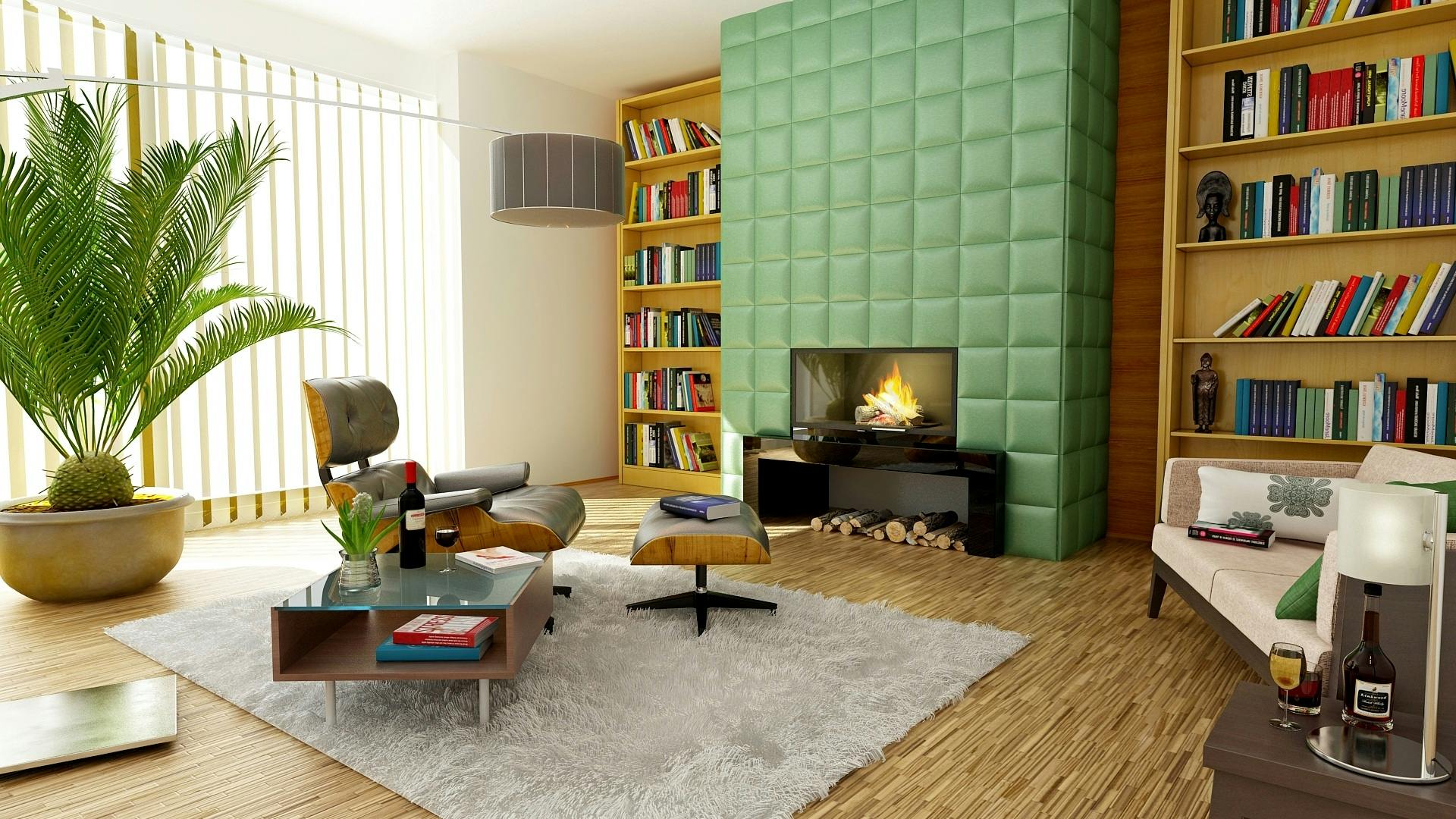
Home design has significantly evolved over the past few decades, moving from purely functional spaces to environments that reflect personal style, environmental consciousness, and technological advancement. This transformation is driven by changing lifestyles, the influence of technology, and a growing awareness of sustainable living.
Historical Context: From Function to Form
Historically, home design focused primarily on functionality. Early homes were built to provide basic shelter and security, with little attention to aesthetics. However, as societies evolved, so did the concept of home design. The 20th century saw a significant shift, with the advent of modernism introducing cleaner lines, open spaces, and a minimalist approach that emphasized function without sacrificing form.
that emphasized function without sacrificing form.
Modern Home Design: Merging Style with Practicality
In contemporary home design, there is a harmonious blend of style and practicality. Today’s homes are not just places to live; they are extensions of personal identity. Interior design trends now favor open floor plans that promote a sense of spaciousness and facilitate social interaction. Kitchens have become the heart of the home, reflecting a shift towards more casual, family-centered living.
The Influence of Technology
Technology has revolutionized home design in numerous ways. Smart home systems, for instance, integrate lighting, heating, and security systems into a single, controllable network, enhancing convenience and efficiency. These systems are not only practical but also add a futuristic aesthetic to modern homes.
Moreover, advancements in building materials and techniques have allowed for more innovative and sustainable designs. From energy-efficient windows to eco-friendly insulation, modern homes are increasingly designed with sustainability in mind. This shift is not just about reducing environmental impact but also about creating healthier living environments.
Sustainable Living
Sustainability is a key trend in modern home design. Homeowners and designers are increasingly prioritizing eco-friendly materials and energy-efficient systems. Solar panels, green roofs, and rainwater harvesting systems are becoming common features in new homes. This move towards sustainability reflects a broader societal trend of environmental consciousness and the desire to reduce carbon footprints.
Personalization and Customization
Another significant trend in home design is personalization. Homeowners today have access to a vast array of materials, finishes, and furnishings that allow them to customize their spaces to reflect their unique tastes and lifestyles. From bespoke furniture to custom-built kitchens, the possibilities are endless. This trend towards personalization is driven by a desire to create spaces that are not only functional but also deeply personal and expressive.
The Role of Interior Design
Interior design plays a crucial role in home design, influencing everything from color schemes to furniture choices. Contemporary interior design trends favor a mix of textures and materials, creating visually interesting and comfortable spaces. There is also a growing appreciation for the role of lighting in creating ambiance and enhancing the aesthetic appeal of a home.
Minimalism vs. Maximalism
While minimalism, with its clean lines and uncluttered spaces, continues to be popular, maximalism is making a comeback. Maximalist design embraces bold colors, patterns, and a mix of styles, creating rich and vibrant spaces. This trend reflects a broader acceptance of diversity and individual expression in home design.
Future Trends: Flexibility and Adaptability
Looking to the future, flexibility and adaptability will be key features of home design. As lifestyles continue to change, homes will need to be more versatile. This could mean incorporating multi-functional spaces that can easily be adapted for different uses, such as home offices, gyms, or guest rooms.
Smart Homes and Automation
The integration of smart technology will continue to advance, making homes more intuitive and responsive to the needs of their occupants. Automated systems for lighting, climate control, and security will become more sophisticated, enhancing both convenience and energy efficiency.
Biophilic Design
Biophilic design, which seeks to connect inhabitants with nature, is expected to gain popularity. This approach incorporates natural elements such as plants, natural light, and organic materials into home design, promoting well-being and a sense of tranquility.
Conclusion
The evolution of home design reflects broader societal trends and technological advancements. From the minimalist homes of the mid-20th century to today’s smart, sustainable, and personalized spaces, home design continues to adapt to the needs and desires of homeowners. As we look to the future, the emphasis on flexibility, sustainability, and technology will likely shape the next generation of homes, making them more adaptable, efficient, and harmonious with the environment.








[…] of the design process. Homeowners are looking for innovative solutions that enhance convenience without compromising aesthetics. Hidden charging stations, smart mirrors, and integrated home security systems are just a few […]
Cтудия цветов собирает под заказ цветочные композиции с доставкой от 30 мин в с Одинцово
Более 500 вариантов цветов: здесь